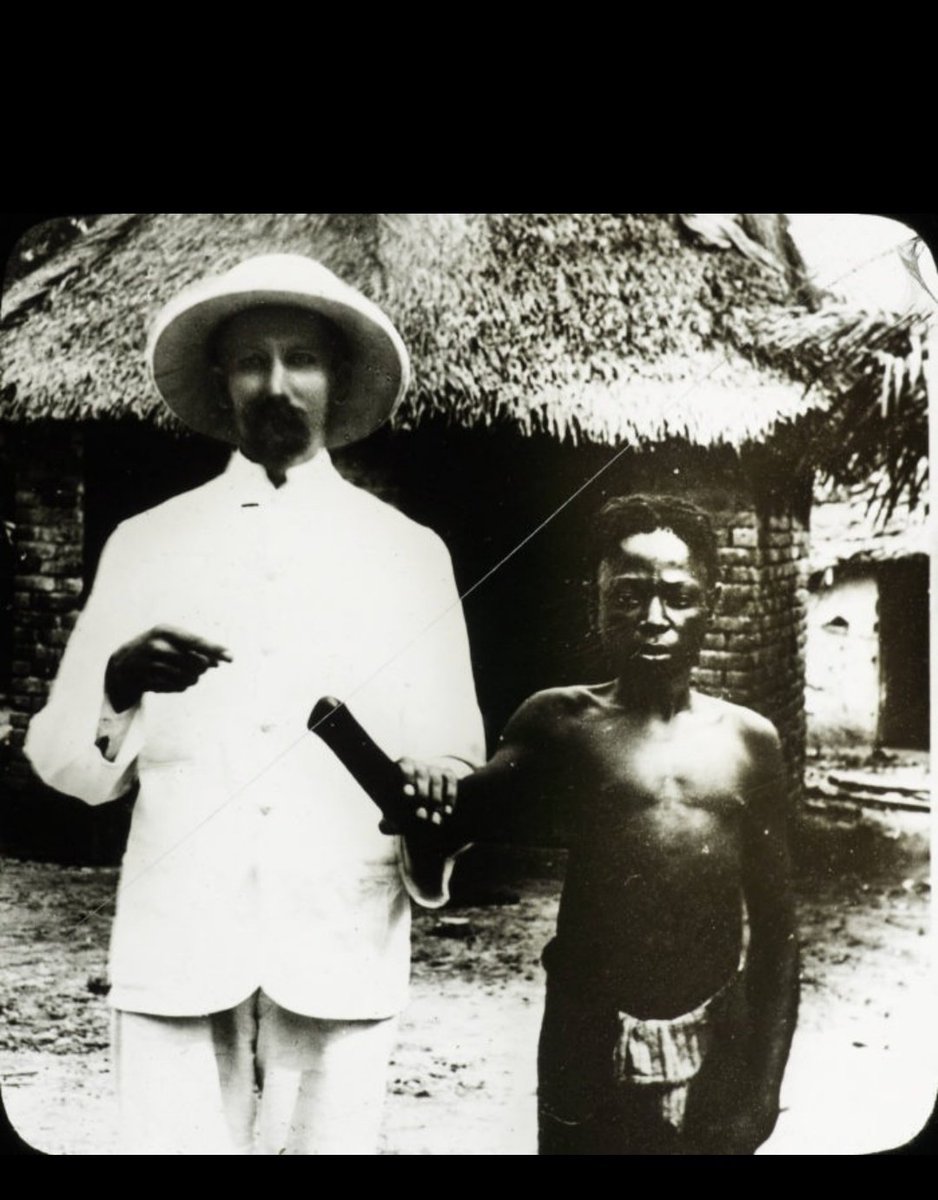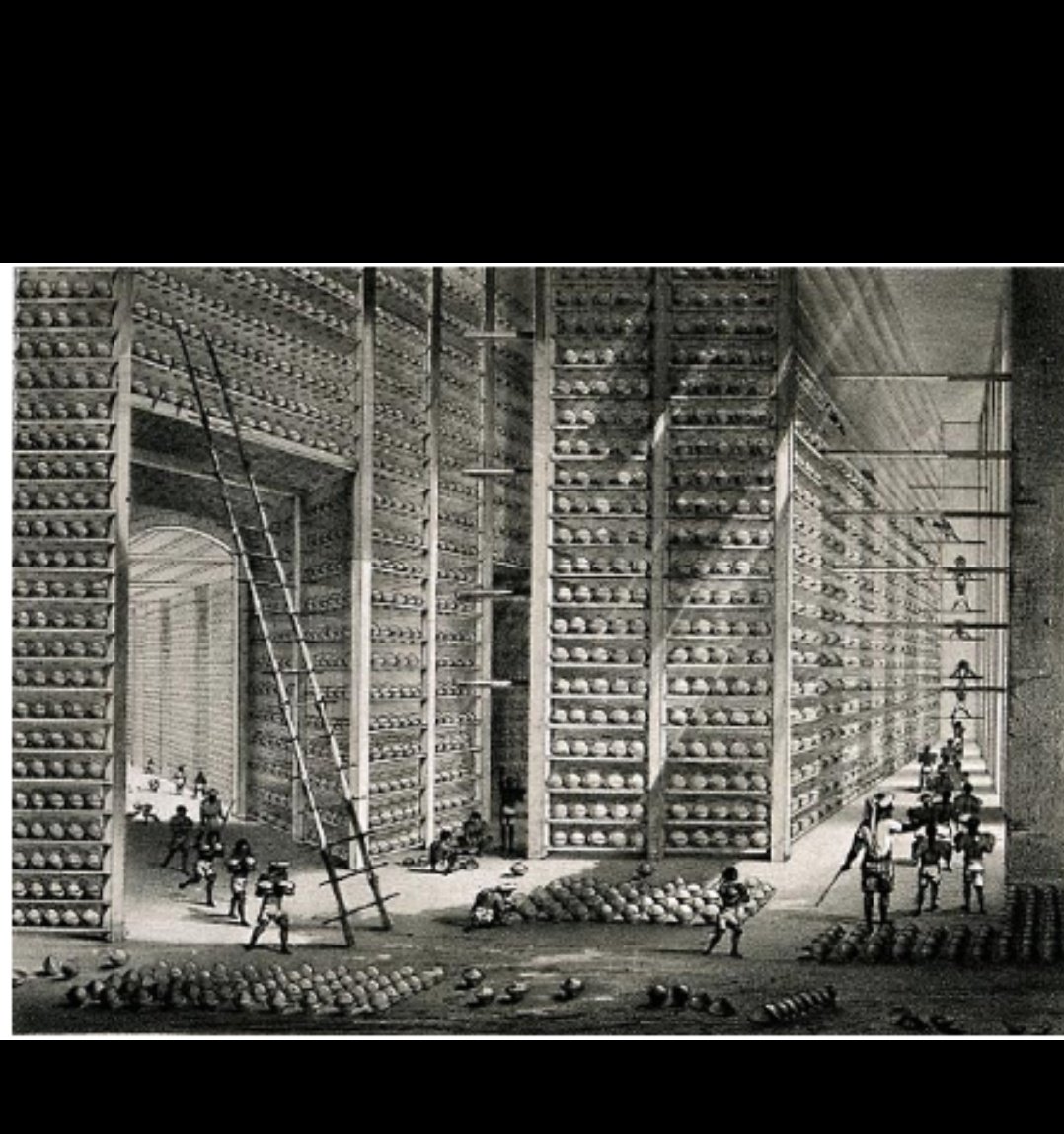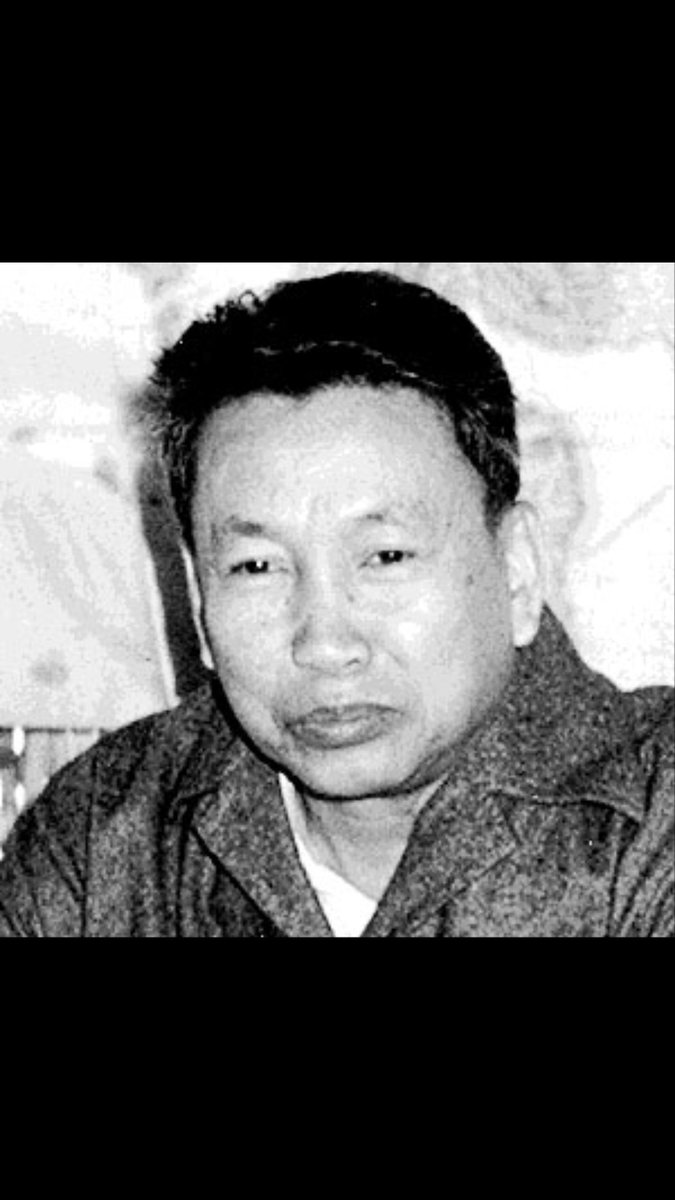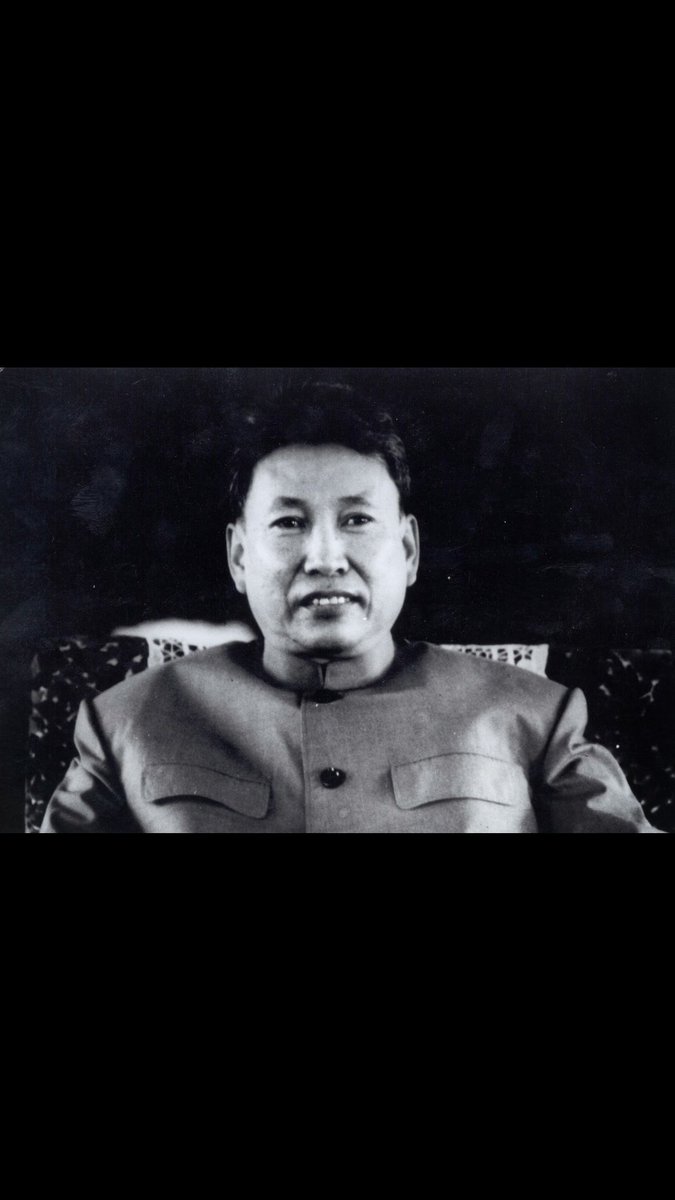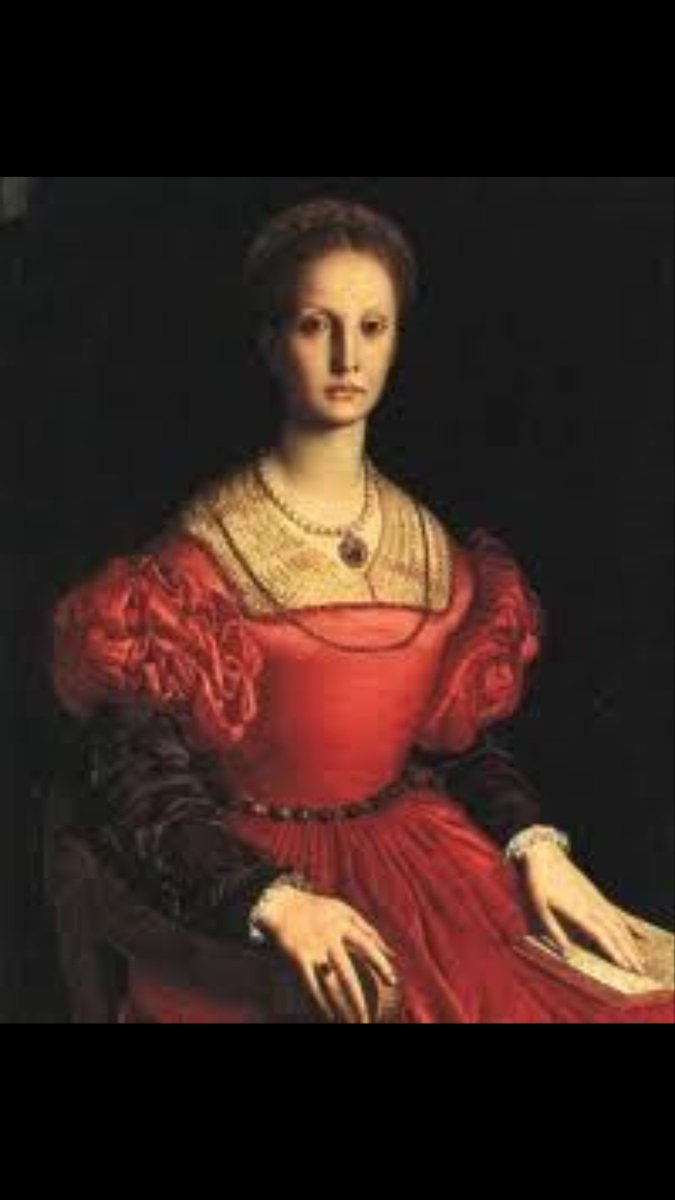1. King Leopold of Belgium
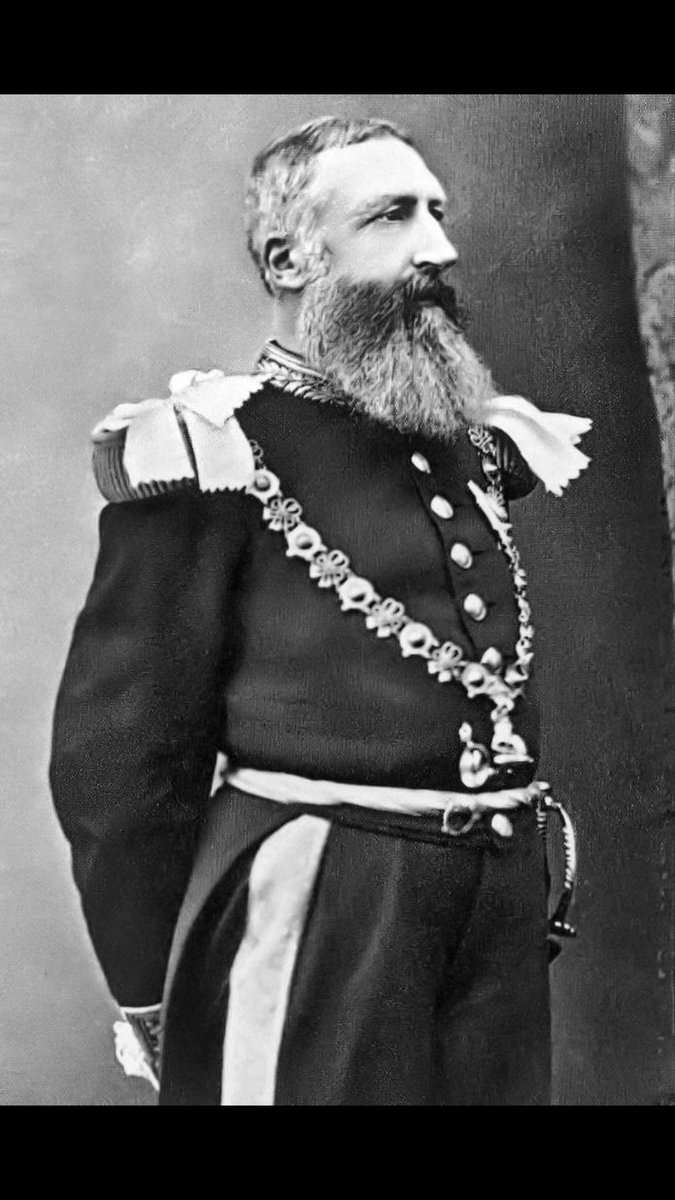

King Leopold II of Belgium to his generals, refering to people of his personal colony in the Congo.
In the 23 years (1885-1908) Leopold II ruled the Congo, he massacred 10 million Africans by cutting off
The ironic part of this story is that Leopold II committed these atrocities by not even setting foot in the Congo.
Photograph was taken by Alice Seeley.
Her written account about this photograph is in the book, Don’t Call Me Lady: The Journey of Lady Alice Seeley Harris:
"He hadn’t made his rubber quota for the day so the Belgian-appointed overseers
Her name was Boali.
She was five years old.
Then they killed her. But they weren’t finished. Then they killed his wife too. And because that didn’t seem quite cruel enough, quite strong enough to make their case,
The ABIR Congo Company
ABIR enjoyed a boom through the late 1890s,
From all the bodies killed in the field, you had to cut off the hands. He wanted to see the number of hands cut off by each soldier, who had to bring them in baskets…
He has public places named after him in the world. Winners write the history and same is true here .
The ugly side of this man is unknown to most of the people.
Sassoon was from wealthy Jewish family in Baghdad,Iraq and his father was a wealthy banker.
They later on moved to Bombay, India due to persecution in Iraq and there begins the story of one of the biggest drug peddler.
They forced farmers in North India and in several other parts to grow Opium.
It was then processed on an industrial scale and sold.
He was always looking for new markets to export the opium produced in India.
In no time , he was exporting it to China and importing tea from there.
By 1880 Opium trade had skyrocketed to 105,508 chests per annum making the Sassoons the richest Jews in the world next to the Rothschilds.
This was a huge upset for Sassoons and East India Company because they wanted to continue the trade.
Britain forced the Chinese to smoke opium and entire China was impoverished to satisfy the greed of the few.
Britain protected the Sassoon opium trade and brought death and destruction to millions.
Throwing dogs and cats from the windows, to see them suffer was his pastime.
He formed an organisation, Oprichniki, with mostly criminals as its members, wearing black robes and riding black horses,
He used to have women stripped naked as the target for the practice of the Oprichniki.
In Novgorod massacre, he killed almost 20000 people by mutilating them, and roasting them in the fire.
Once, he got angry with his pregnant daughter-in-law because of the dress she was wearing, and beat her up, resulting in her miscarriage.
but she was his first wife.
In 1810, Prince Radama succeeded his father as king.
He allowed European people to trade and settle their warehouses on the island,which was not liked by the queen.
She warned her people not to practice Christianity.
Those who were charged with any crime were punished in most brutal ways.
Relatives of victims were forced to watch all the above mentioned barbaric punishments.
During these 4 months most of the people died of exhaustion and starvation. Only 10,000 could manage to survive.
In 1949, he went to Paris on a scholarship and became involved with the communists there.
Escaping a 1963 crackdown, he launched a national uprising in 1968, starting a bloody civil war killing half a million people.
Pot planned to turn Cambodia into a simple, agrarian, and socialist society.
He forced the urban population, such as teachers, doctors,
Others were taken to killing fields, executed, and buried in mass graves.
If you go to Cambodia, you can see exhibitions of the victim’s skulls.
He outlawed religon, most reading, money, anything private, and strictly governed sexual relations, vocabulary, and clothing.
In 1978, Vietnam invaded Cambodia, capturing Phnom Penh in a few weeks.
Six years later, this brutal man was captured by a splinter group of his party and placed under house arrest, where he died in his sleep.
Pot’s legacy continues to rock Cambodia today,
In 1921, he became an Army surgeon in the Japanese Imperial Army.
He toured the west in the 1930s and studied biological and chemical warfare.
Each year, the Japanese army would provide him with 600 people (prisoners of war and civilians from China, the Korean Peninsula, Mongolia and the former Soviet Union, and others)
The Unit 731 group did live experiments on these people, who were referred to as "maruta" (meaning "logs" in Japanese), including germ warfare and chemical warfare. More than 10,000 people in total were tortured or infected and killed.
Simulating strokes by injecting air bubbles into live persons.
Subjecting live people to frostbite to study tissue damage.
Subjecting live people to hypothermia to study the effects of freezing on people.
He once tied hundreds of Chinese prisoners--men, women and children--to stakes out in a huge field and fired mortars laced with anthrax into the field so the shrapnel would scatter,
He never used any anesthesia or pain-killing medications as these were reserved for wounded Japanese soldiers.
On April 10, 1834, a fire broke out in the mansion’s kitchen, and firefighters found a 70-year old black woman chained to the stove.
The authorities were led by other slaves to the attic, and they were pretty perplexed. Disfigured and maimed slaves were manacled to the walls or floors.
“One man appeared to be part of some bizarre sex change, a woman was trapped in a small cage with her limbs broken and reset to look like a crab,
Most dead, the remaining that were alive begging to be killed, to be released from the unbearable pain.
It is believed she died in Paris in December 1842.
A year after Joan was burned at the stake, Rais retired from military service and returned to his family’s castle, at Machecoul.
He preferred boys between the ages of 6 and 18.
His victims were generally blue-eyed and blond-haired, and were usually kidnapped from the village of Machecoul
His first victim was a 12-year-old messenger who was hanged by his neck on a metal hook and raped before being put out of his misery.
More and more children started to disappear and suspicion arose.
Rais had a specially built chamber where he would restrain his victims while he proceeded with his grotesque sexual acts.
According to witnesses at his trial, he enjoyed watching them die, sometimes even laughing.
Rais stated at his trial that he admired the heads and body parts of his more beautiful victims.
He was arrested in September of 1440, and indicted on 34 counts of murder.
Rais was found guilty of murder, sodomy and heresy and was hanged and then burned on October 16, 1440, along with two of his servants.
The guilt and conscience that he would show, when not taken over by the urge to murder, only confirmed how depraved and mentally disturbed this man was.
From Jurong to Tangshan (two cities in Jiangshu Province, China), Mukai had killed 89 people while Noda had killed 78 people.
By the time they had arrived at Zijin Mountain, Noda had killed 105 people while Mukai had killed 106 people.
The highest number cited during her trial was 650!
She spoke 4 languages and was married off to a wealthy nobleman at the age of 14/15.
Later, she is said to have begun to kill daughters of the lesser gentry,
Abductions were said to have occurred as well.
In addition to the defendants, several people were named for supplying Elizabeth Báthory with young women,
The atrocities described most consistently included severe beatings, burning or mutilation of hands, biting the flesh off the faces, arms and other body parts, freezing or starving to death.
Two witnesses (court officials Benedikt Deseo and Jakob Szilvassy) actually saw the Countess herself torture and kill young servant girls.
Some also accused the countess of bathing in her victims' blood as it was rumoured to preserve beauty and youth.
They were tried and found guilty. Three of them were executed and the fourth was sentenced to life imprisonment.
She was 54 when she died there in 1614.

